- Find peace of mind this holiday season by adding physical gold and silver to your portfolio.
- Gold demand is increasing as numerous factors are increasing economic uncertainty.
- Contact American Hartford Gold today to learn how physical precious metals, especially in a Gold IRA, can safeguard your financial future.
Peace of Mind This Season
As we enter the holiday season, many of us are focused on expressing thanks for the good things in our lives and wishing for peace and happiness in the year ahead. This season reminds us of the value of connection, family, and traditions, even as we continue to face uncertainty in the world around us. As the year draws to a close, it’s an ideal moment to consider ways to safeguard our future, especially our financial security.
One such option that offers peace of mind in uncertain times is adding physical gold and silver to your portfolio. These precious metals have long been seen as a reliable hedge against economic instability, inflation, and other financial risks.
Gold: Symbolic and Practical
Gold is integral to many holiday traditions, especially as a gift. Jewelry makes up about 50% of global gold sales. Gold jewelry is cherished not only for its beauty but also for its enduring value. Yet there is far more to gold than just jewelry; it can be the foundation for a secure financial future.
Gold can play a vital role in building a balanced and diversified retirement portfolio. It offers a level of stability that other assets may not. By diversifying with gold, you can reduce risk and protect your wealth from the unpredictable swings of the stock market.
The importance of gold is no secret. Gold prices have surged more than 70% since 2020. Experts predict it could surpass $3,000 per ounce in the coming year. The past few months, gold has been on a record-breaking streak, recently crossing the $2,700 an ounce mark.1
Why Gold
And while we hope for a joyous season, it is still plagued by uncertainty. Here are some of the concerns that have institutions and individuals turning to gold for security.
Inflation: After a brief respite, inflation is ticking back up. Cumulative inflation has reached 22% since 2020. Different sectors have experienced varying levels of inflation, with transportation seeing the highest at 34.71%, followed by food and beverages (22.68%) and housing costs (22.64%). 3
With inflationary pressures continuing due to factors like government spending, global conflicts, and supply shortages, gold remains a trusted hedge against inflation. Since it holds intrinsic value, gold typically appreciates when inflation erodes the purchasing power of the dollar.
National Debt: The U.S. national debt has now surpassed $36 trillion, contributing to fears of economic instability. As JPMorgan Chase CEO Jamie Dimon has stated, public debt is “the most predictable crisis” facing the American economy. In this environment, gold is considered a safe-haven asset that can protect your wealth against the devaluation of the dollar caused by rising debt. 4
Stock Market Volatility: Many analysts believe stocks are overvalued and that a market correction is imminent. When stocks fall, retirement accounts such as 401(k)s and IRAs are often hit hard. Unlike stocks, gold maintains its value and tends to move in the opposite direction of equities, making it a valuable asset for diversifying your portfolio.

Recession Fears: The possibility of a recession looms large, driven by aggressive interest rate hikes by the Federal Reserve and the economic slowdown that follows. A recession can lead to increased unemployment, stagnating wages, and declining business activity. During these times, gold often performs well as investors seek stability amidst uncertainty.
Economic Risks from Policy Changes: Proposed policies from political leaders like Donald Trump could further exacerbate inflation. His proposed tax cuts and corporate incentives, if implemented, may stimulate short-term economic growth. But they may also increase the national deficit. Additionally, his plans to implement tariffs on goods could push up prices across many sectors. Inflation could rise as a result of both. As prices rise, gold becomes an even more attractive option for protecting your wealth.
In addition, geopolitical risks, including trade wars and potential tariffs, could further strain economies. Creating even more volatility in financial markets. As such, gold is being sought after to hedge against such risks.
Conclusion
As you celebrate this holiday season, we wish you joy, peace, and prosperity in the year ahead. While we’re all focused on the people and traditions that bring us comfort, it’s also a good time to reflect on securing your financial well-being. Give yourself the gift of peace of mind this season—learn more about how gold, especially in a Gold IRA, can help safeguard your future. Call American Hartford Gold today at 800-462-0071.

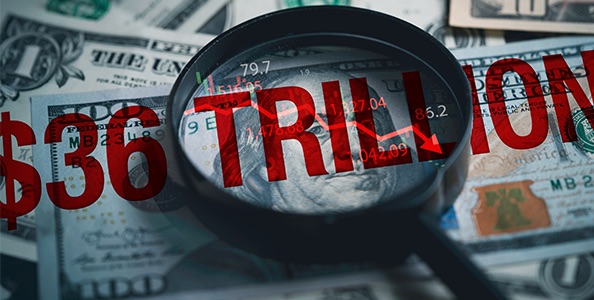

 2
2
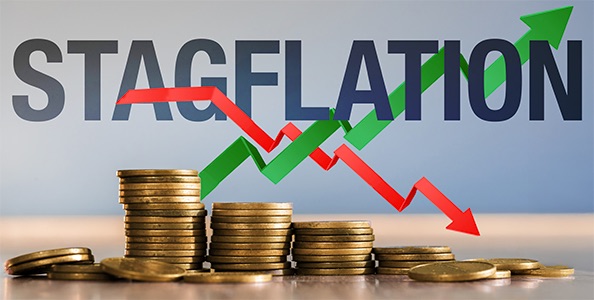
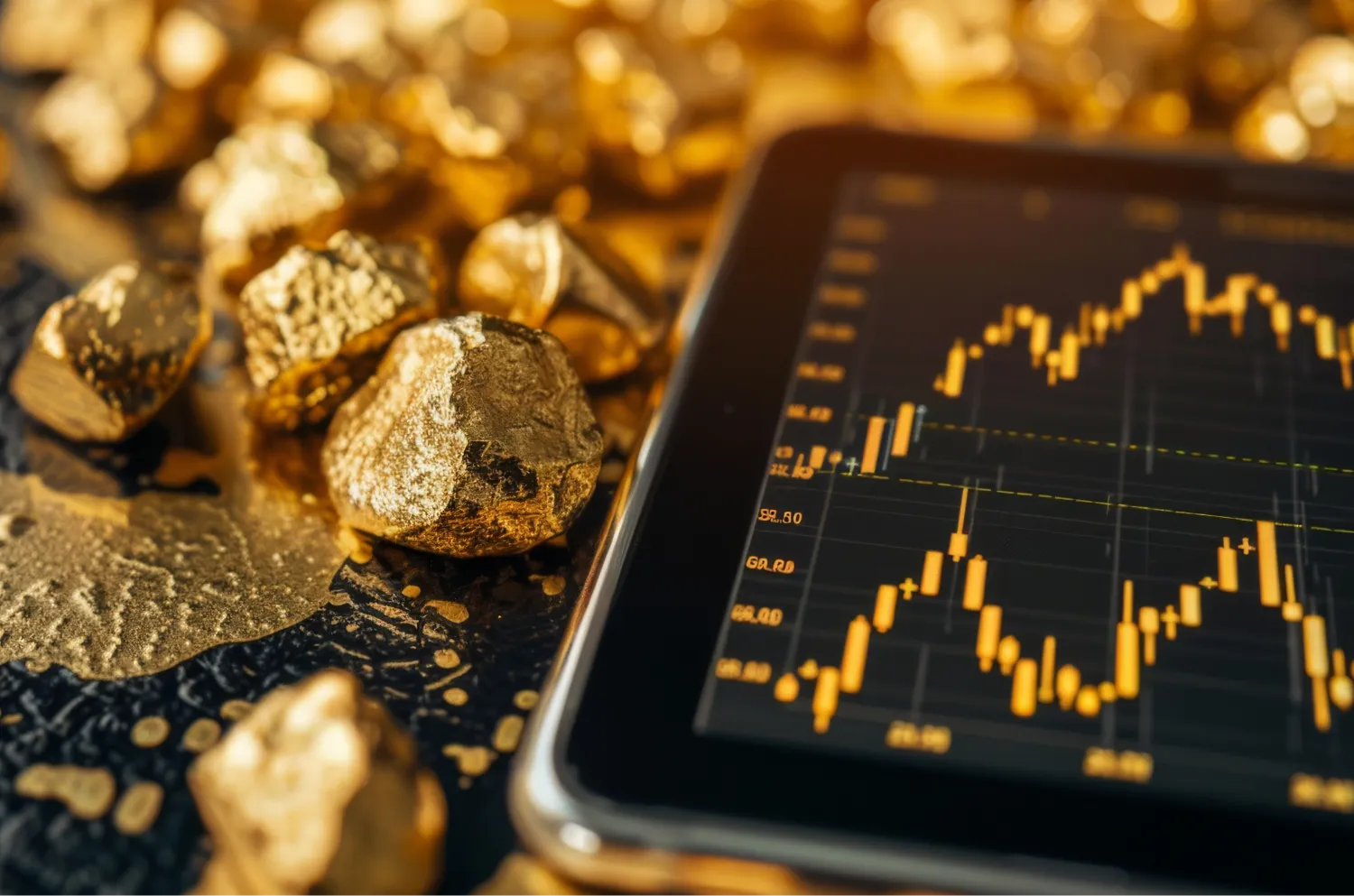


 2
2
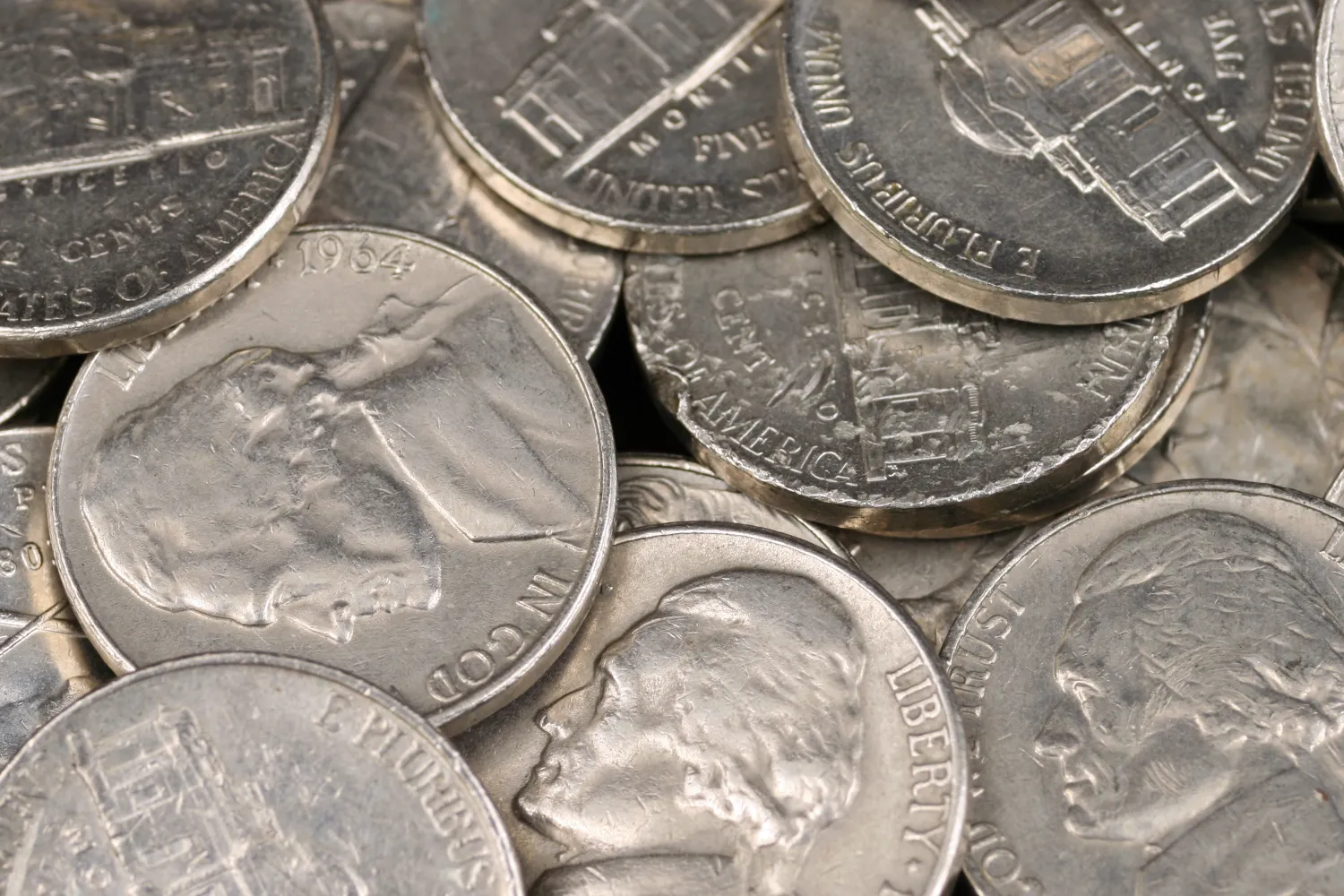
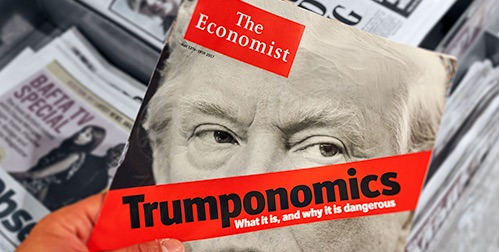
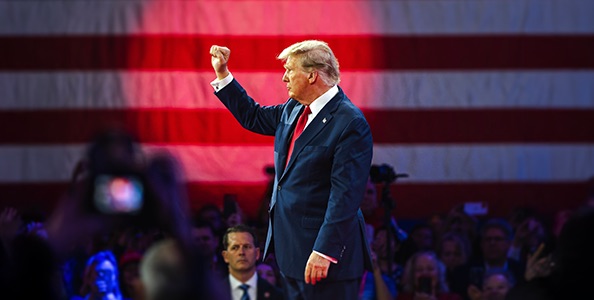


 3
3
